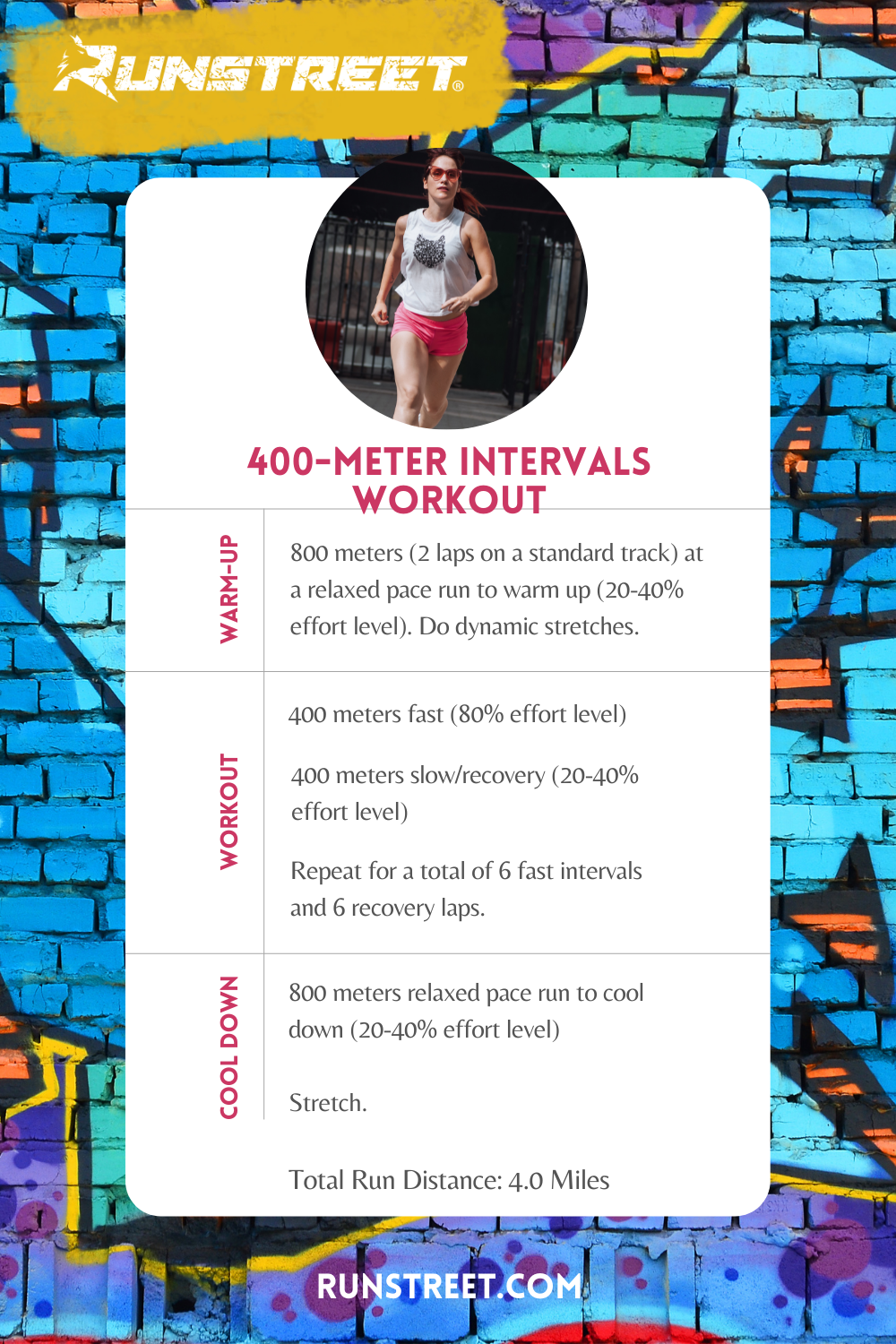Revamp Your Running Strategy: Tips for Boosted Performance
Revamp Your Running Strategy: Tips for Boosted Performance
Blog Article
Taking Care Of Usual Running Discomforts: Reasons, Solutions, and Prevention
As joggers, we often experience different pains that can impede our performance and pleasure of this physical activity. By checking out the root factors for these operating discomforts, we can uncover targeted services and preventive steps to guarantee a smoother and a lot more satisfying running experience.
Typical Running Pain: Shin Splints
Shin splints, a typical running discomfort, commonly arise from overuse or incorrect shoes during exercise. This condition, medically understood as medial tibial stress syndrome, shows up as discomfort along the internal edge of the shinbone (tibia) and prevails among athletes and runners. The recurring stress and anxiety on the shinbone and the cells connecting the muscles to the bone leads to swelling and discomfort. Joggers who quickly increase the intensity or duration of their exercises, or those who have flat feet or inappropriate running methods, are specifically prone to shin splints.
To prevent shin splints, individuals ought to slowly boost the strength of their exercises, put on ideal shoes with correct arch assistance, and keep adaptability and strength in the muscles bordering the shin (running strategy). Additionally, incorporating low-impact activities like swimming or cycling can help maintain cardiovascular fitness while allowing the shins to heal.
Common Running Discomfort: IT Band Disorder
In enhancement to shin splints, an additional prevalent running pain that professional athletes often encounter is IT Band Syndrome, a problem brought on by swelling of the iliotibial band that runs along the external upper leg and knee. IT Band Syndrome usually materializes as pain outside of the knee, specifically throughout activities like running or cycling. The iliotibial band is a thick band of fascia that links the aware of the shin, and when it comes to be irritated or tight, it can rub versus the thigh bone, resulting in discomfort and discomfort.
Joggers experiencing IT Band Syndrome might notice a painful or aching feeling on the external knee, which can worsen with ongoing task. Elements such as overuse, muscle mass inequalities, incorrect running kind, or inadequate warm-up can add to the development of this condition.
Typical Running Discomfort: Plantar Fasciitis

Plantar Fasciitis can be attributed to different aspects such as overtraining, inappropriate shoes, working on tough surfaces, or having high arcs or level feet. To prevent and reduce Plantar Fasciitis, runners can integrate stretching exercises for the calves and plantar fascia, use helpful footwear, preserve a healthy weight to decrease stress on the feet, and slowly enhance running intensity to avoid unexpected anxiety on the plantar fascia. If signs continue, it is recommended to speak with a health care professional for proper diagnosis and therapy choices to resolve the problem successfully.
Typical Running Pain: Jogger's Knee
After dealing with the difficulties of Plantar Fasciitis, an additional common issue that joggers frequently face is Runner's Knee, an usual running pain that can prevent athletic performance and trigger discomfort throughout physical activity. Jogger's Knee, also understood as patellofemoral Related Site discomfort disorder, manifests as pain around or behind the kneecap. Joggers experiencing this discomfort might feel a dull, aching discomfort while running, going up or down staircases, or after prolonged periods of sitting.
Usual Running Pain: Achilles Tendonitis
Typically afflicting joggers, Achilles Tendonitis is an unpleasant condition that impacts the Achilles ligament, creating pain and possible constraints in physical activity. The Achilles ligament is a thick band of cells that attaches the calf bone muscular tissues to the heel bone, crucial for activities like running, jumping, and walking - check out more here. Achilles Tendonitis usually establishes due to overuse, improper footwear, insufficient extending, or abrupt rises in physical activity
Signs of Achilles Tendonitis include discomfort and rigidity along the tendon, especially in the early morning or after durations of lack of exercise, swelling that aggravates with activity, and possibly bone stimulates in chronic cases. To protect against Achilles Tendonitis, it is crucial to extend correctly before and after running, put on proper footwear with correct assistance, gradually increase the strength of exercise, and cross-train to lower repeated tension on the ligament.
Final Thought

Report this page